(1385 products available)



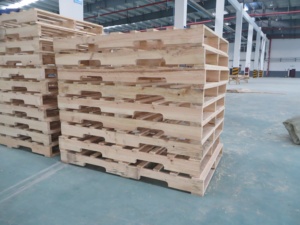

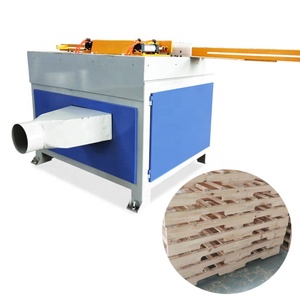


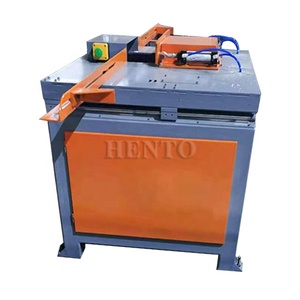













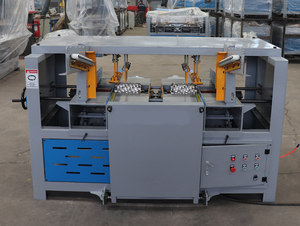
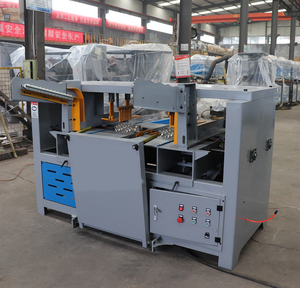


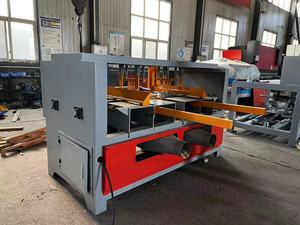



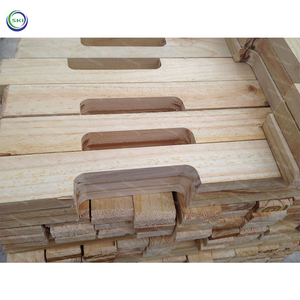









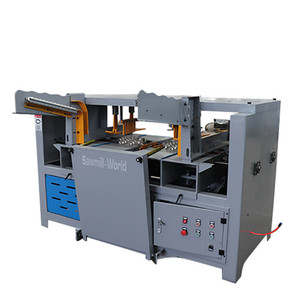


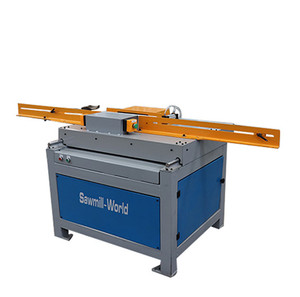

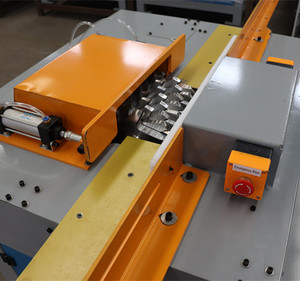









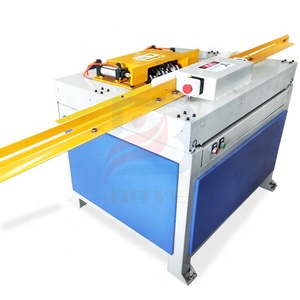




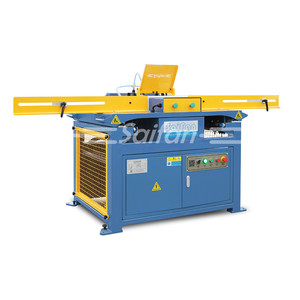
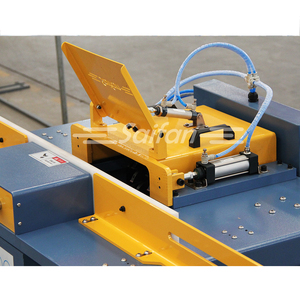
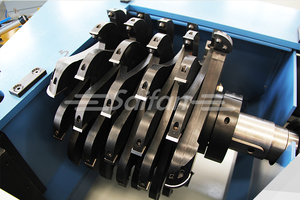

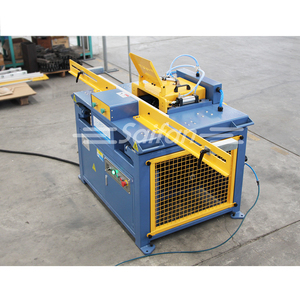

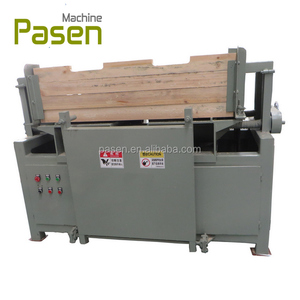


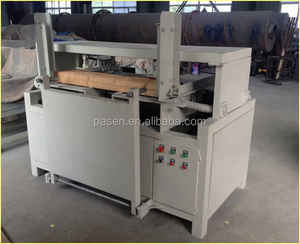







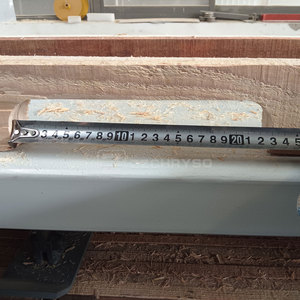














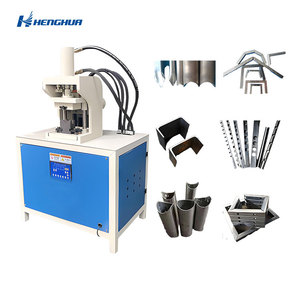
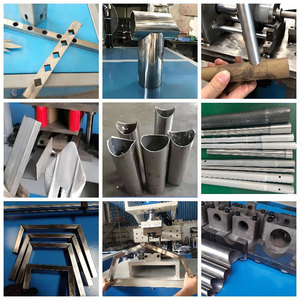


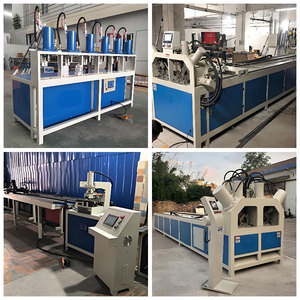










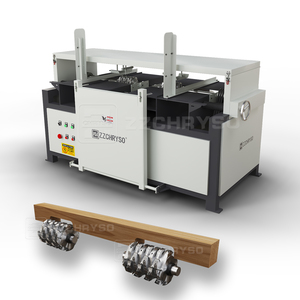


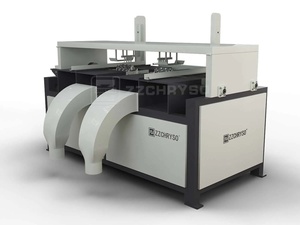














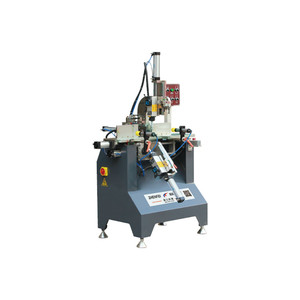


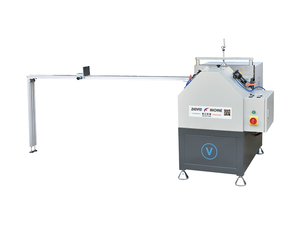
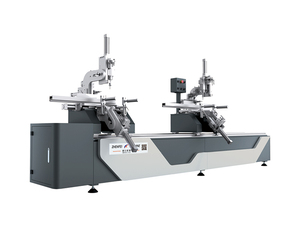



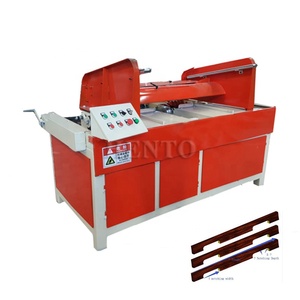

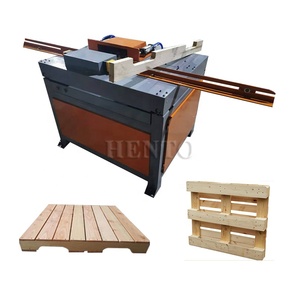




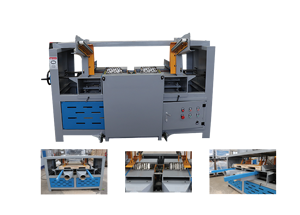
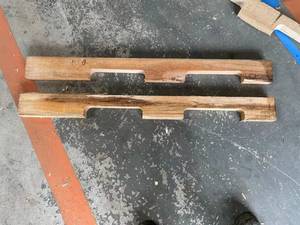

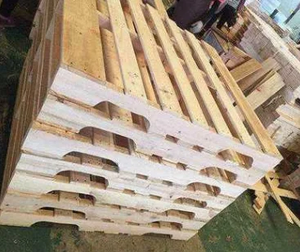

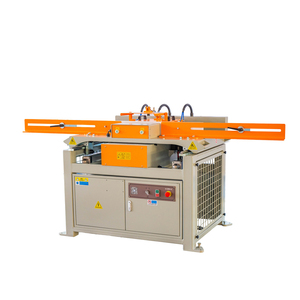














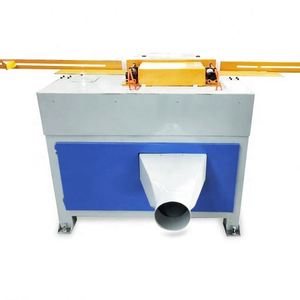

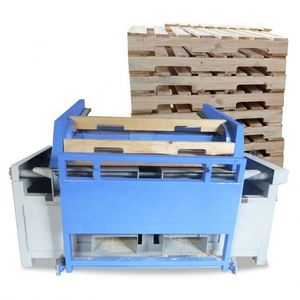

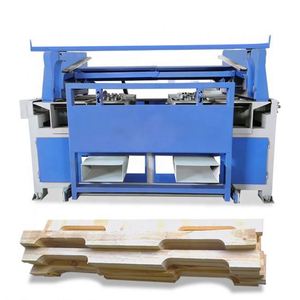



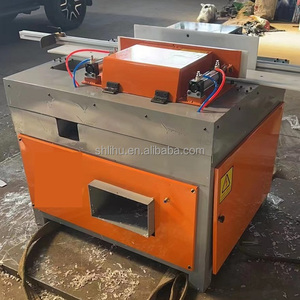
















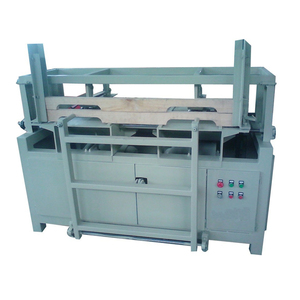



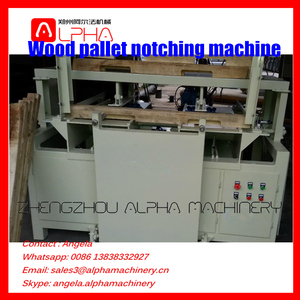










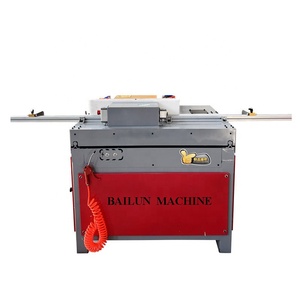





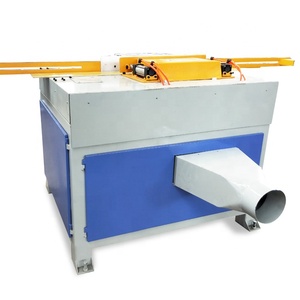








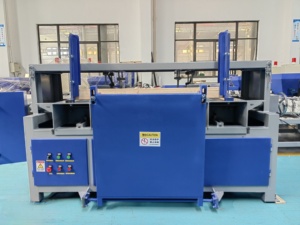

























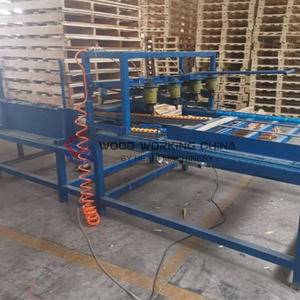
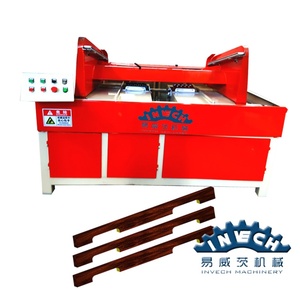












Automatic notchers are machines that are used to cut notches in material with a high level of precision and speed. They are commonly used in manufacturing processes for various materials, including metal, plastic, and wood. There are different types of automatic notchers, each designed for specific applications and materials. Here are some of them:
1. CNC Automatic Notcher
A CNC (Computer Numerical Control) automatic notcher is a versatile and precise machine that uses computer-controlled movements to create notches. It is suitable for a wide range of materials, including metal sheets, plates, and profiles. CNC notchers are known for their accuracy, repeatability, and ability to handle complex notch shapes.
2. Hydraulic Automatic Metal Sheet Notcher
This type of notcher uses hydraulic power to cut notches in metal sheets and plates. Hydraulic notchers are capable of producing clean and precise notches, making them suitable for applications in the metal fabrication industry. They can handle thick materials and are known for their reliability and robustness.
3. Pneumatic Automatic Notcher
Pneumatic notchers use compressed air to drive the cutting mechanism. They are suitable for materials like plastic, thin metal sheets, and wood. Pneumatic notchers are often used in applications where speed and efficiency are crucial, such as in high-volume production environments.
4. Electric Automatic Notcher
Electric automatic notchers are powered by electric motors and are suitable for various materials, including metal, plastic, and wood. They are known for their precision and ease of use, making them suitable for small to medium-sized production runs.
5. Laser Automatic Notcher
Laser notchers use a focused laser beam to cut notches in materials. They are suitable for thin metal sheets and can produce extremely precise and clean notches. Laser notchers are ideal for applications where precision and surface finish are critical.
6. Water Jet Automatic Notcher
Water jet notchers use high-pressure water mixed with abrasive particles to cut notches. They are suitable for a wide range of materials, including metal, plastic, glass, and ceramic. Water jet notchers are known for their versatility and ability to produce clean notches without heat-affected zones.
7. Band Saw Automatic Notcher
Band saw notchers use a continuous band saw blade to cut notches in materials. They are suitable for metal, wood, and plastic and are commonly used in structural steel fabrication. Band saw notchers can produce V-notches and other shapes in various thicknesses.
8. Notching Machine
Specialized machines designed specifically for notching tasks. They can be mechanical, hydraulic, or pneumatic and are suitable for metal sheets, plates, and profiles. Notching machines are known for their efficiency and precision in producing notches.
These are some essential design aspects that automatic notchers incorporate to enhance their performance and usability.
Notch Head
The notch head is where the actual cutting occurs. It's usually made of high-speed steel or carbide. This material is tough and retains its sharpness for a long time. The cutting edge can be a single blade or a multi-tooth design, depending on the notcher's application. The single blade is suitable for thin materials, while multi-tooth designs are for thicker ones.
Material Feed System
This system moves the material into the cutting position. It can be manual or automatic. Automatic feeds use rollers or belts to move the material. Sensors ensure accurate positioning. They can also adjust the feed speed based on the material type and thickness. Manual feeds are for smaller, one-off jobs.
Control Panel
The control panel is the notcher's brain. It has buttons, switches, and a digital display. Operators set the notch depth and angle using these controls. The panel may also include safety features like emergency stops and lockouts. Modern notchers may have touch screens for more intuitive control.
Frame and Base
The frame supports all notcher components. It's usually made from steel or cast iron. These materials are strong and absorb vibrations. The base is rigid and level to ensure accurate cuts. Some notchers have adjustable feet to accommodate uneven floors. The frame also houses the electrical and hydraulic systems needed for operation.
Hydraulic System
The hydraulic system powers the cutting head. It uses fluid pressure to move the head quickly and apply force. This system allows for precise control of the cutting depth and speed. It can also adapt to different materials and thicknesses. The hydraulic pump and reservoir are usually part of the notcher's base.
Safety Features
Safety comes first in an automatic notcher. It has guards and shields to protect operators from the cutting blade. Emergency stops and lockouts are standard. Some notchers also have sensors that detect if the material is not correctly positioned. These sensors stop the machine before an error occurs. Laser guides help align the material for precise cutting. Automatic shutoffs and safety interlocks add extra layers of protection.
Notchers can be used together with various tools. When using them, it is important to match them with the right materials and tools to enhance efficiency and accuracy. Here are some suggestions for matching and using an automatic notch cutting machine:
Matching suggestions
Match the notcher with materials that are easy to cut. For metals, match it with soft metals like aluminum or copper. They cut cleanly and fast. For plastic, use PVC or acrylic. They handle heat well from the automatic process. Wood? Match it with plywood or softwoods. They cut smoothly without jamming. The notcher needs a compatible material to work well and give precise cuts.
Use With Other Tools
To achieve accurate cuts, use the notcher with measuring tools like calipers or tape. Measure the notch size precisely before cutting. For metal, match it with a file or grinder to smooth edges after. Plastic? Have a sanding tool ready for a clean finish. Wood cuttings require a saw nearby for adjustments. Matching measuring and finishing tools ensures the notcher cuts accurately and cleanly each time.
Compatible Software
Some automatic notch cutting machines work with CAD software. Programs like AutoCAD or SolidWorks prepare notch designs. They send the design to the notcher directly. This software helps plan notches precisely before cutting. Different programs may have unique features. Choose one that fits the notcher's design needs. The right software helps create accurate notch designs for various materials and projects.
Q1: What is an automatic notcher used for?
A1: An automatic notcher is a specialized tool used in manufacturing and fabrication processes to create precise notches or grooves in materials such as metal, wood, or plastic. It automates the notching process, ensuring consistent and accurate results, which is essential for applications like joining, bending, or fitting materials together.
Q2: How does the automatic notcher ensure precision?
A2: Automatic notchers ensure precision through CNC (Computer Numerical Control) technology. The notcher is programmed with exact specifications for the notch's size, shape, and location. The machine's automated process eliminates human error and maintains consistent results, even for complex or intricate notching requirements.
Q3: What materials can an automatic notcher work with?
A3: Automatic notchers are versatile and can work with various materials. Depending on the specific notcher's design and tooling, it can handle metals like steel, aluminum, and brass, as well as wood and plastics. Each material requires specific tools and settings to achieve optimal results and maintain material integrity.
Q4: Is the automatic notcher suitable for large-scale production?
A4: Yes, automatic notchers are well-suited for large-scale production. Their automation allows for rapid and continuous notching without sacrificing precision or quality. This makes them ideal for high-volume manufacturing environments where consistent results and efficiency are critical.
Q5: How does one set up and operate an automatic notcher?
A5: Setting up an automatic notcher involves preparing the material to be notched, selecting the appropriate tooling for the desired notch, and programming the machine with the specific notch parameters. Operating the notcher typically requires monitoring the process, conducting routine maintenance, and ensuring safety protocols are followed. Training and familiarity with the machine's interface and controls are essential for effective operation.